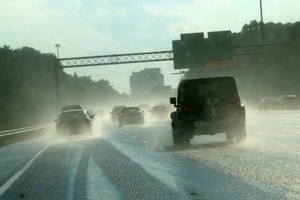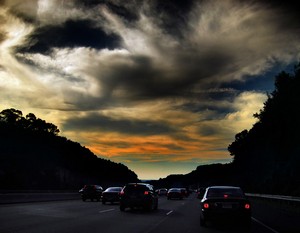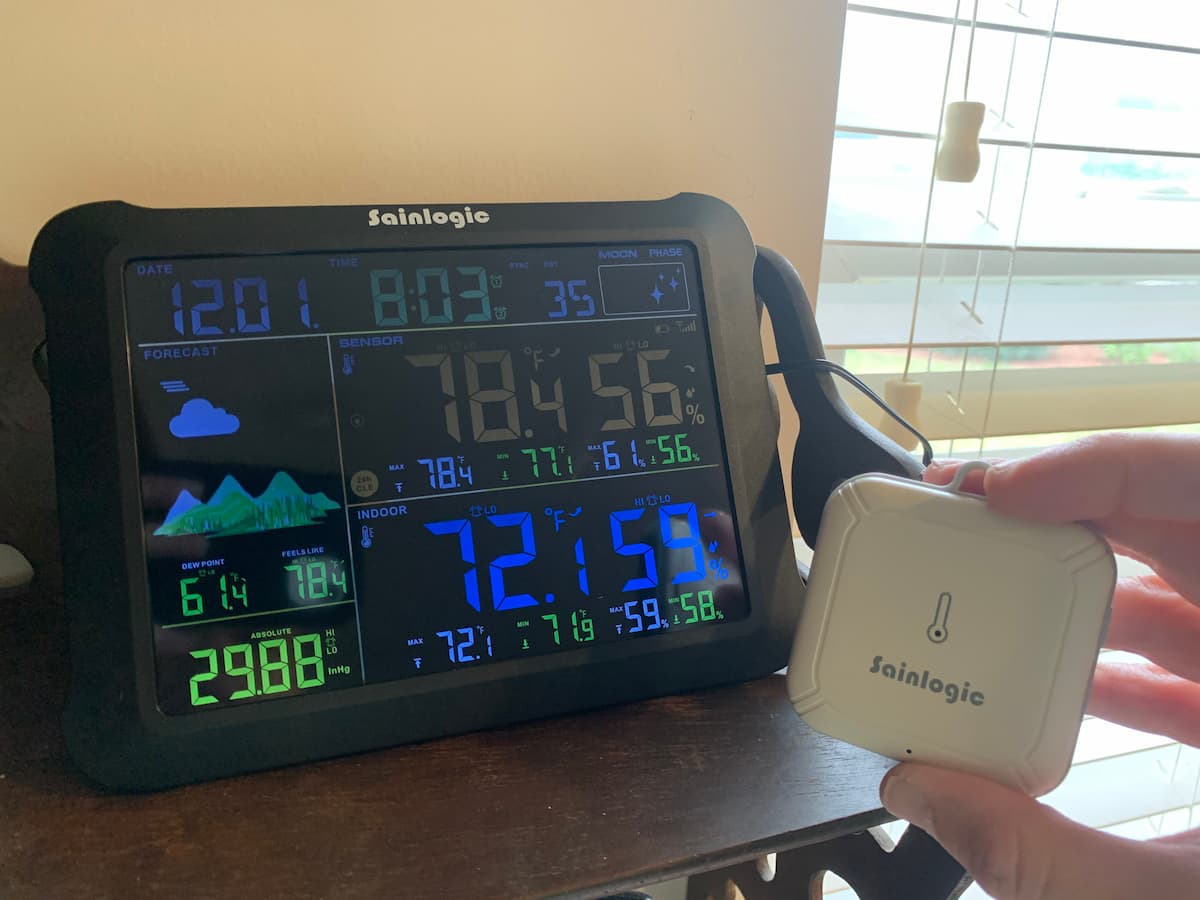 Driving in bad weather is hazardous to your health.
Driving in bad weather is hazardous to your health.
Auto accidents tend to increase when bad weather is afoot, and this definitely translates to a higher number of traffic-related injuries and even deaths when the weather is rough.
While bad weather certainly contributes to causing many auto accidents, there are ways to prevent these car crashes.
Here are a few tips for avoiding car accidents when driving in bad weather:
- Keep back from other cars ahead of you using the 2-second rule — making sure it takes at least 2 seconds for you to arrive at the exact spot of the car ahead of you.
- Drive more slowly than the speed limit posted when driving in difficult weather.
- Turn on your headlights during the rain (even if it’s daytime).
- Avoid distractions like cell phones, eating while driving, texting, and a loud radio.
Check The Highway Weather Forecast
Traveling on the interstates is great for getting from Point A to Point B when on a business trip or vacation, but it can be dangerous if the weather conditions are bad.
Thankfully, checking out the highway weather has never been easier.
Sensors being placed along highways and weather stations designed to monitor weather near our nation’s highways give us updates on the weather conditions affecting our major roadways.
Even the Weather Channel has a page for checking out highway weather!
More Tips For Driving In Bad Weather
See How The Jet Stream Plays A Role In Driving Weather
Top 10 Survival Kits: You Need One For Your Car
How To Survive If Your Car Gets Stuck In Snow, Ice, or Mud
Snowy, Icy Weather Make LED Traffic Lights Dangerous
DIY Weather Trick: How To Measure Distance In The Sky
Life Hammer: The Only Tool You Need To Escape From Your Car
What To Do If You Find Yourself Stranded





